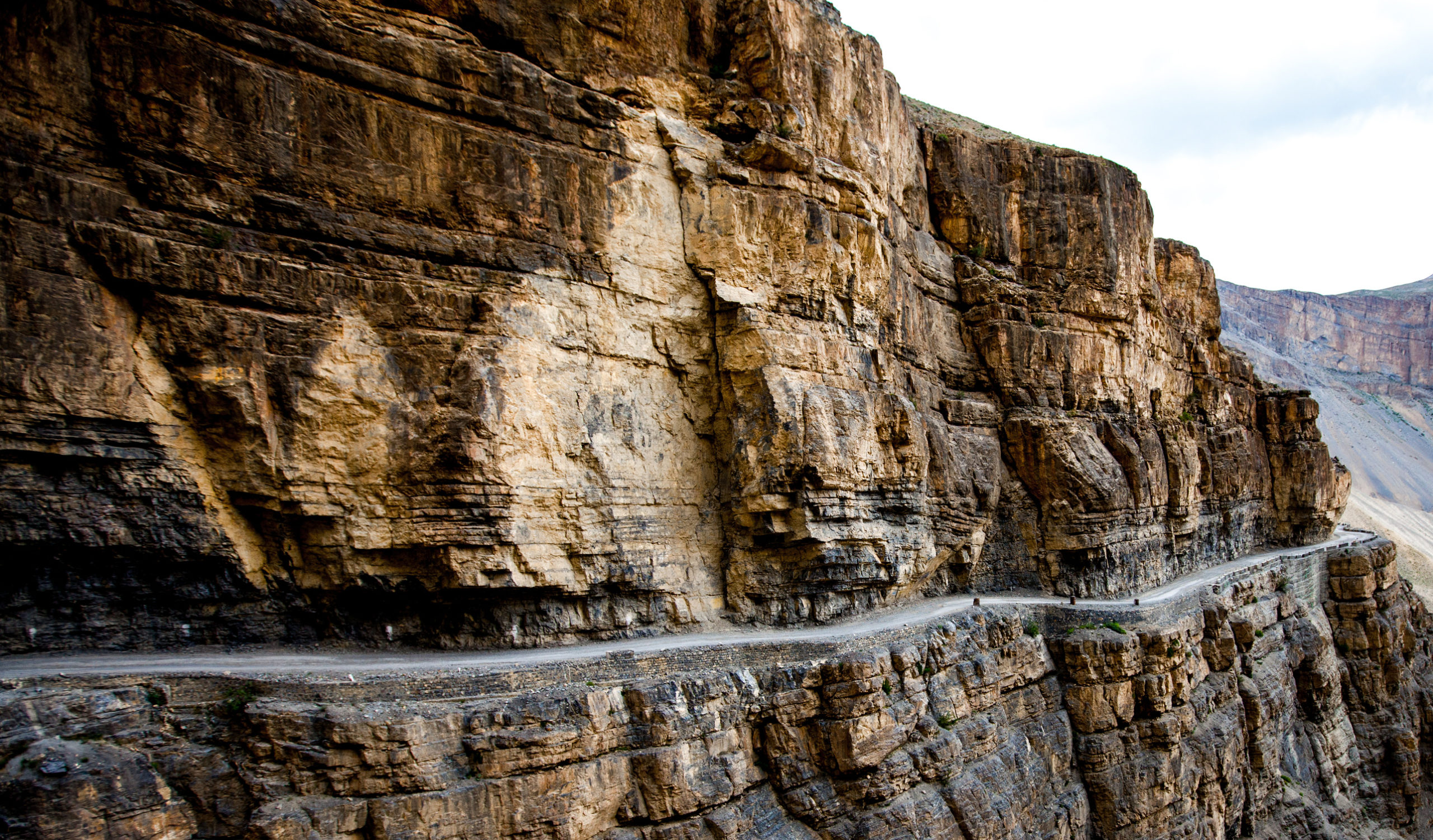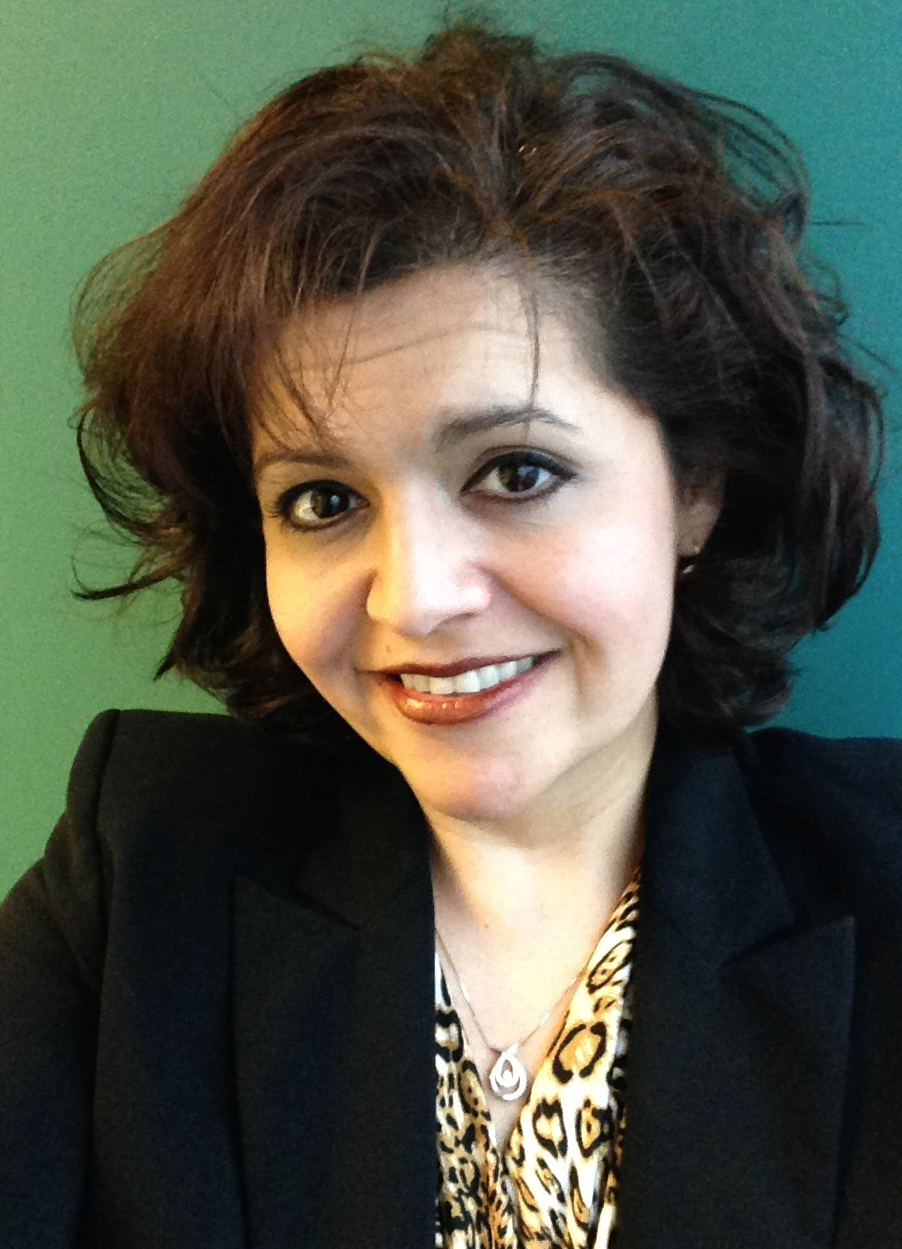

By Jennifer Herrera
EHF program officer
More than 30 years ago, I attended a Drug-Free Texas Summit hosted by the Texas Commission on Alcohol and Drug Abuse. At one presentation, a man shared a story that I remember to this day and that guided my work for more than 11 years as a director of HIV/AIDS prevention.
The story was about two small communities in Mexico that were separated by a mountain. At the base of the mountain was a roaring river. For decades people would drive their cars up and down the mountain to get from one town to the other. One particular curve along the mountain was known as “Curva del Muerto” — the Dead Man’s Curve. It earned its name due to the number of cars that would unknowingly take the curve too fast, run off the road and land in the river below. The drop was so steep and so high that no one from either town could remember anyone surviving. For years this happened, until one day the two towns decided to come together to talk about La Curva del Muerto.
Together the communities discussed ways to stop cars from driving off the mountain. Some suggested closing the roads all together, others recommended building a wall to barricade cars from falling off the mountain. There were people at this meeting who had lost loved ones that were willing to volunteer to hold signs warning drivers and posting signs along the mountain’s road. They talked about installing speed bumps and painting bright colored warning stripes on the road. Local police offered to place an officer by the curve to issue tickets to speeding drivers. . The towns’ people even suggested constructing a small building along the river’s edge in the event that a car did fall off the mountain, an emergency crew could respond sooner.
The speaker then asked us a question, “What do you think the two towns decided to do? Which solution do you think was the best?” The room stayed quiet. Then he finally spoke and said, “It does not really matter because that is not the point of my story. The point of my story is this, the people came together to address a problem that was impacting their community and together they came up with a handful of ideas and solutions. This is important because it was their loved ones dying, so they had to be a part of the work. The solution they found was not one idea or one strategy. Instead their solution had multiple approaches because community-wide issues are not solved by one-size-fits-all solutions.” The speaker paused and said something I’ll never forget, “This folks, is how prevention works.”
The Power of Prevention
The CDC defines prevention in three categories: primary, secondary and tertiary. Primary prevention is designed to prevent a disease or condition from occurring before it ever starts. In the Curva del Muerto story, it would be the road closures and barricades. Secondary prevention attempts to identify a disease at its earliest stage so that it can be managed promptly and appropriately. On the mountain, this would be using signs to slow down speeding cars, speed bumps, warning stripes and police issuing tickets. Tertiary prevention focuses on reducing or minimizing the consequences of a disease after it has already developed. The building at the bottom of the river housed with emergency responders waiting for the next car that falls in would be an example of this approach.
When reviewing grant applications at EHF, I often think about the Curva del Muerto story. When we conduct site visits and get to know our potential partners, these questions resonate in my head: How is this organization engaging with their community and other service providers? How was the community involved in developing the ideas or strategies that the organization wants to implement? What types of prevention efforts are they making? Are they focused on tertiary prevention efforts for individuals appearing for medical treatment after a diagnosis or are they including primary and secondary strategies that might also require reaching out beyond the walls of their organization? The answers to these questions play a role in helping us identify partners who share our vision for improving community health.
Impacting the system
EHF also has an interest in supporting organizations that want to think bigger and explore ways to address community health issues. When the two communities came together to discuss Curva del Muerto, if someone familiar with public transportation had been a part of the conversation, perhaps a recommendation could have been made for both communities to invest in a transportation system with trained drivers who could operate a safe busing system. This system would have created employment opportunities, improved community safety and offered cost savings for both towns.
At EHF, we want to partner with organizations that create a continuum of prevention strategies while looking for ways to improve the systems working to improve community health. William Blake once wrote, “Great things are done when men and mountains meet.” Let this story be a reminder of that message.